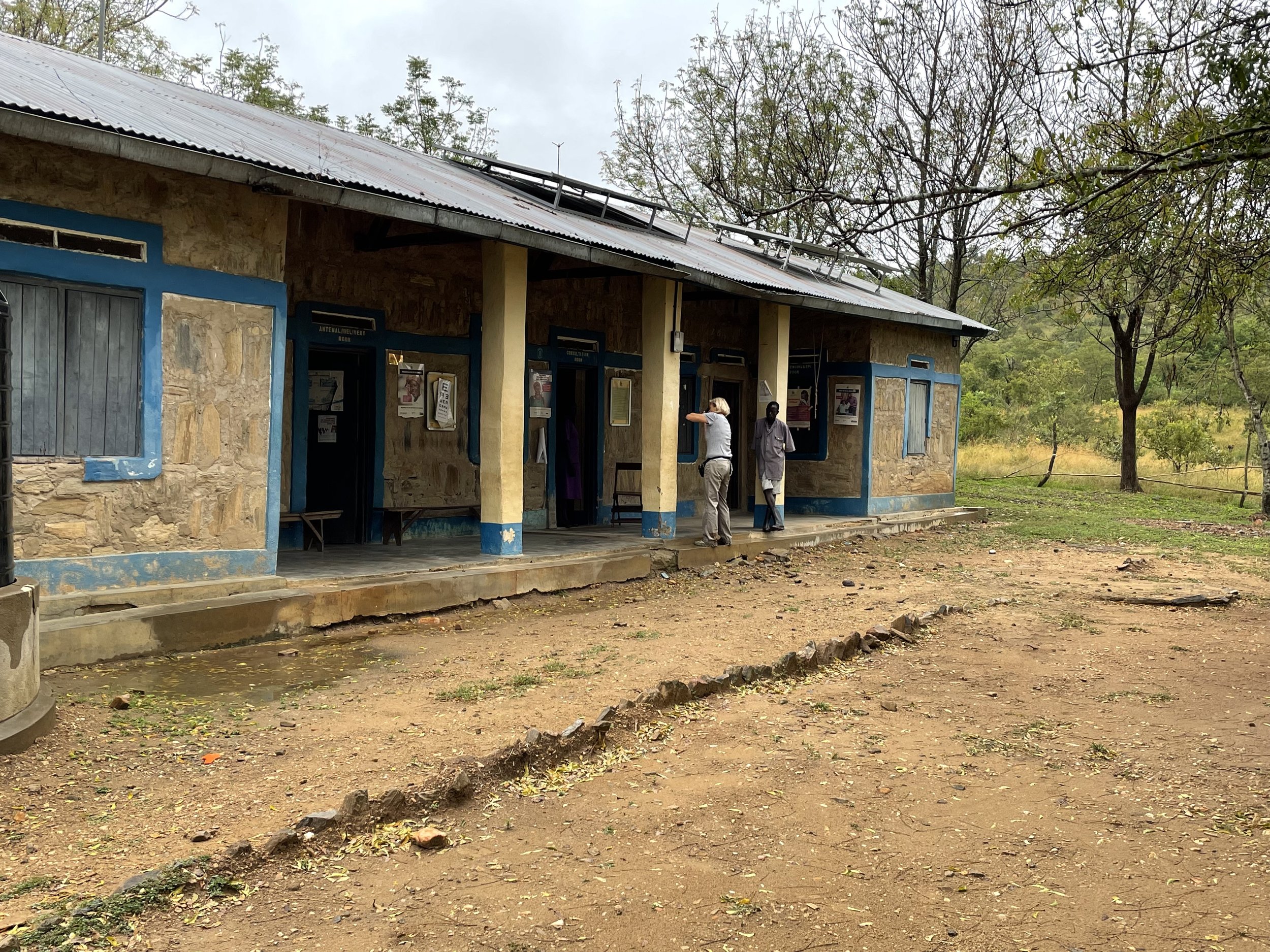Vitae
Education
Corcoran College of Art and Design, Washington, DC
Fine Art PhotographyInstituto Marangoni, Milan, Italy
Fashion Diploma
Workshops
2006/2017: Masterclass with Ron Haviv, Gary Knight, Anders Peterson, Larry Fink, Andrea Modica, Christopher Morris, Daniel Schwartz, Antonin Kratochvil
Solo Exhibitions
'Mer’Ba'
Makerere Art Gallery, Kampala, Uganda – 11/2022 - 12/2022
GIZ Arua, Uganda – 11/2022 - 12/2022Biennale Venice
Palazzo Mora – 5/2019 - 11/2019
Palazzo Mora – 5/2017 - 11/2017'The Backpackers'
Galleria de Arte Paul Baldwell, Medellín, Colombia – 9/2017 - 10/2017
Duke University, Rubinstein Library – 8/2017 - 10/2017'Market of the Heroes'
Installation at the Main Square, Sarajevo – 6/2017'Al Margen'
Duke University Special Collection Gallery, Friedle Gallery, Latin America and the Caribbean, Durham, NC – 1/17 - 5/1/2011
OAS Organization of the American States and IACHR Inter-American Center of Human Rights, Washington DC – 11/2010 - 01/2011Shaken
Haitian Heritage Museum, Miami – 05/2010 - 06/2010El Salvador
WOLA Washington Office of Latin America, Washington DC – 4/2008 - 6/2008
Group Exhibitions
Living Elsewhere
Dali International Photography Exhibition, China – 8/2023 - 9/2023IPA 2020 'Best of the Show'
Budapest, Hungary – 1/2021Mythos
Target Gallery, Torpedo Factory, Alexandria – 9/2020 - 10/2020Climate Change Exhibition
Arts and Culture Center, Bangkok – 6/2018 - 7/2018Ragusa Foto Festival
Sicily, Italy – 6/2017 - 7/2017MOPLA Photo Book Exhibition
Los Angeles – 2017C40 Mayors Summit
Chapultepec Park, Mexico City – 11/2016 - 1/2017Houston Center for Photography, 34th Annual Juried Membership Exhibition
2016Climate Change Summit COP21
Paris – 2015The New American Garden
National Building Museum, Washington – 10/2015 - 01/2016FotoViajeros
Corcoran Gallery of Art, Washington DC – 1/16/2008 - 2/10/2008
Awards
IPA 2020, Book "Anderswo" / Elsewhere
IPA 2020, 2015, 2008
2017 Project Launch Grant, CENTER Santa Fe
2016 Beth Block Honoraria, Houston Center for Photography
PX3 Prix de la Photography de Paris, 2015, 2013, 2011, 2007
PX3 Prix de la Photography de Paris 2015 – 2011, Honorable Mentions
Publications
Anderswo / Elsewhere, published by Schilt Publishing, 2021, Berlin
The Backpackers, Edition of 300, Self-Published, 2017, Washington D.C.
Mesoamerica, Edition of 1500, Self-Published, 2007, Washington D.C.
Archive
David M. Rubenstein
'Rare Book, Manuscript, and Special Collections Library'
Archive of Documentary Arts at Duke University
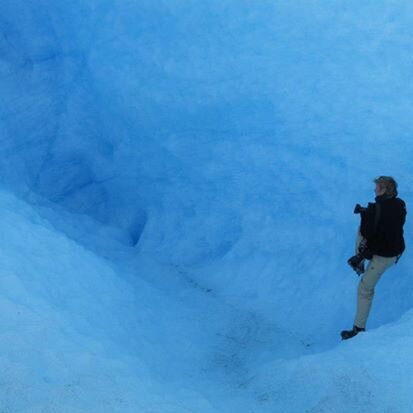
Patagonia, Argentina 2010

Namibia 2015

Climate Change Exhibition, Lucie Foundation, Mexico City 2016

Barefoot Workshop with Ron Haviv, Clarksdale, Mississippi

Barefoot Workshop with Ron Haviv, Clarksdale, Mississippi

Barefoot Workshop with Ron Haviv, Clarksdale Mississippi

VII Workshop with Ron Haviv and Gary Knight, Sarajevo, Bosnia Herzegovina 2017

Center Portfolio Review, Santa Fe 2017

Teaching a workshop at Zoomlab, Medellin, Colombia 2017

Lecture at Instituto Deborah Arango, Medellin, Colombia 2017

My group of students at Zoomlab, Medellin, Colombia 2017

Zoomlab, Colombo Americano, Medellin, Colombia 2017
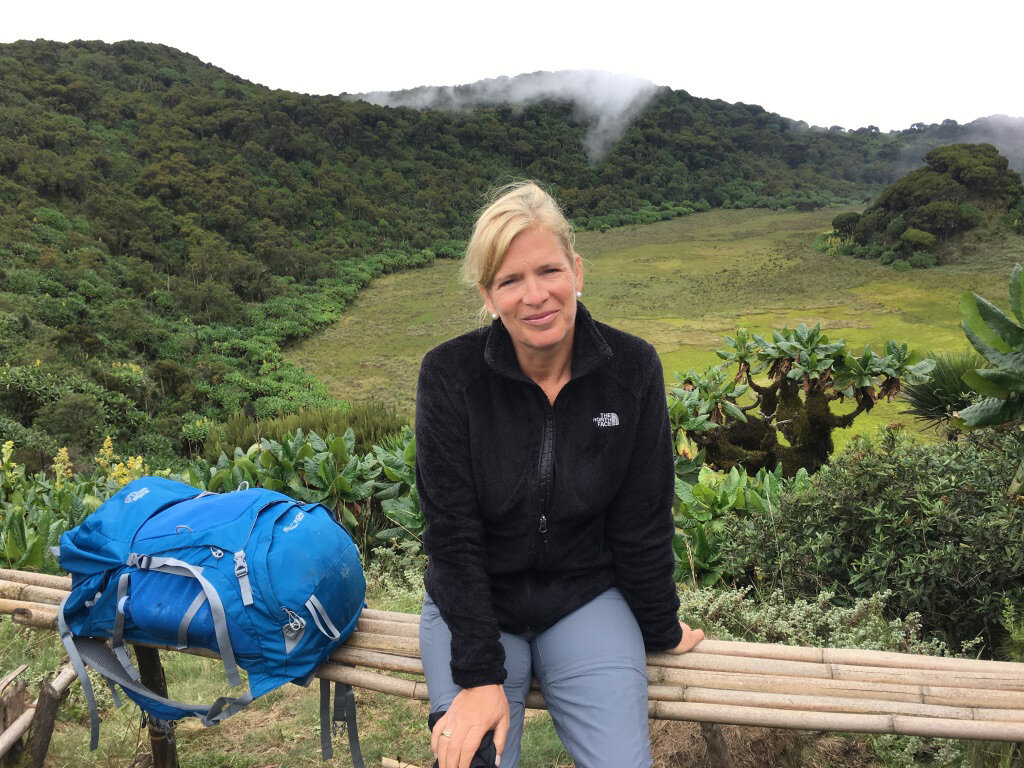
Uganda, 2018

Editing for my new book project ANDERSWO/ Elsewhere, in the office of Henk van Assen, in Brooklyn NY.
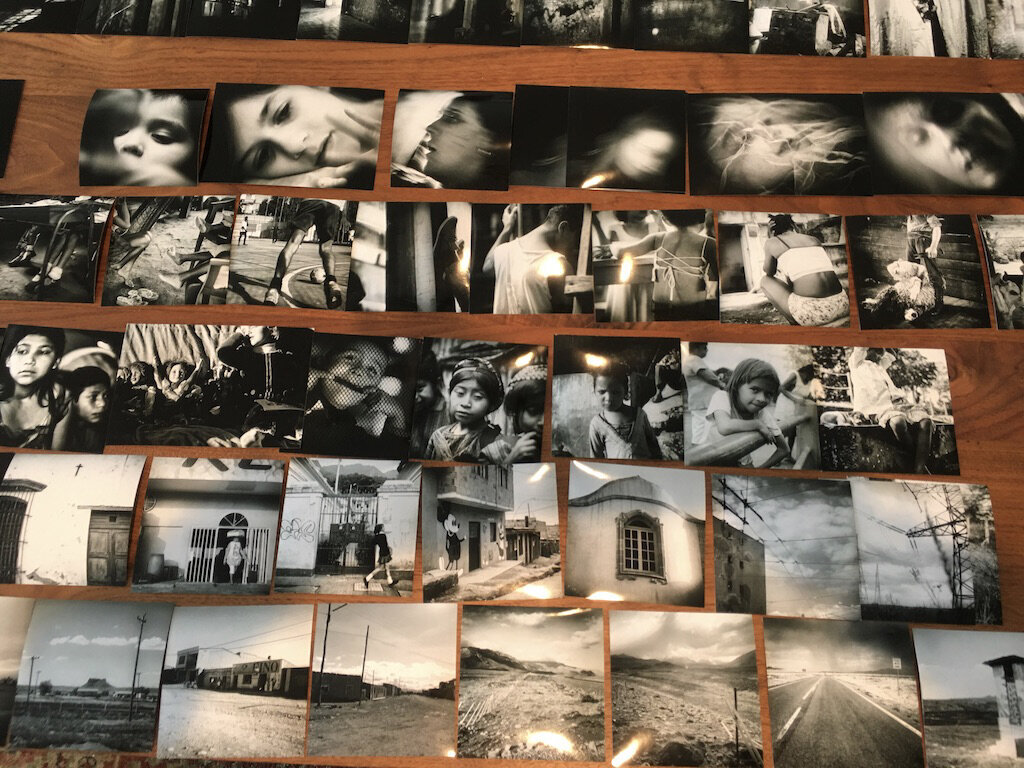
Editing for my new book project ANDERSWO/ Elsewhere, in the office of Henk van Assen, in Brooklyn NY.

Obongi, flooded area, Uganda 2021

Colombia 2017
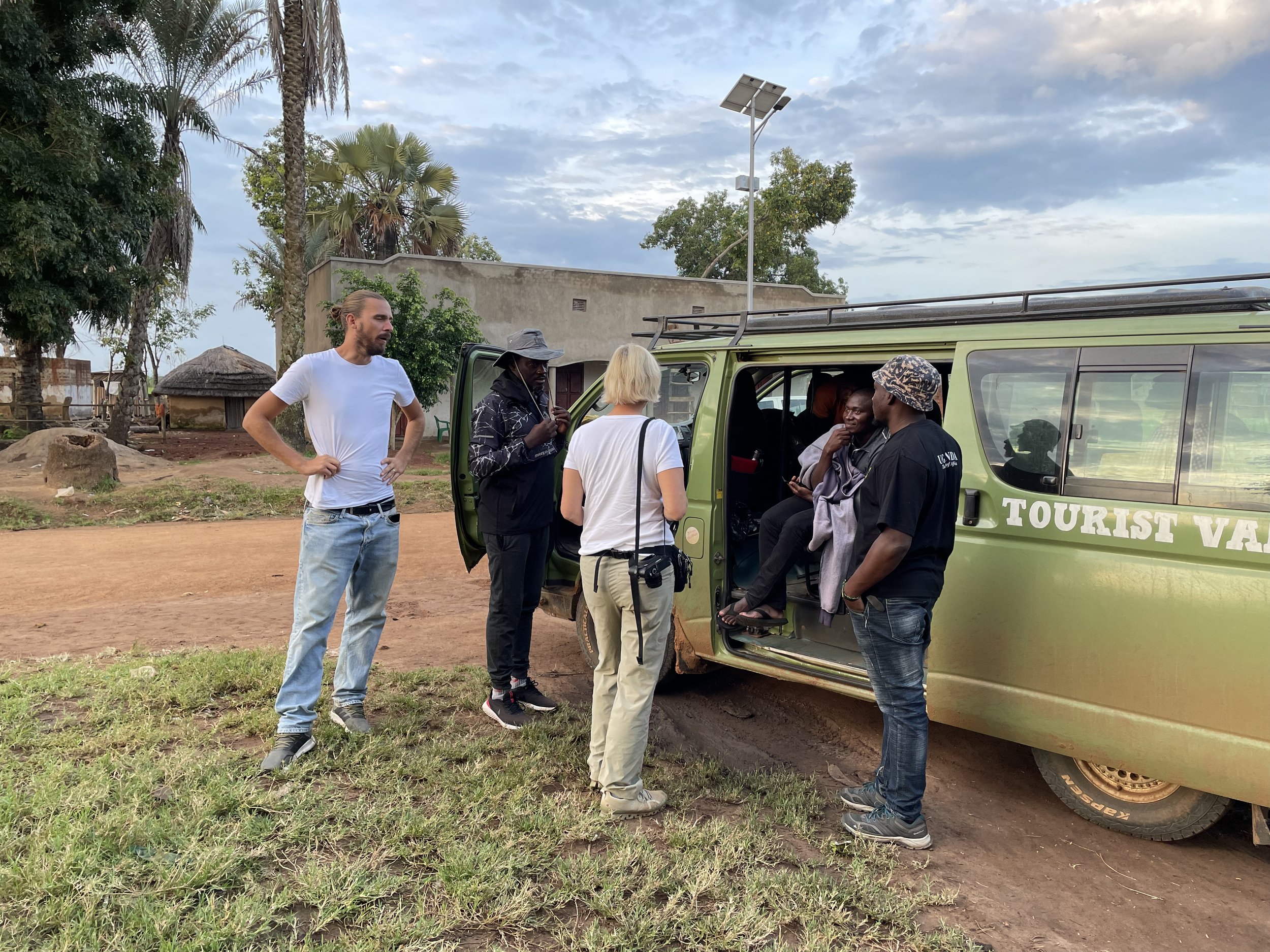
Moyo, Uganda with film crew in collaboration with the German Cooperation 2021
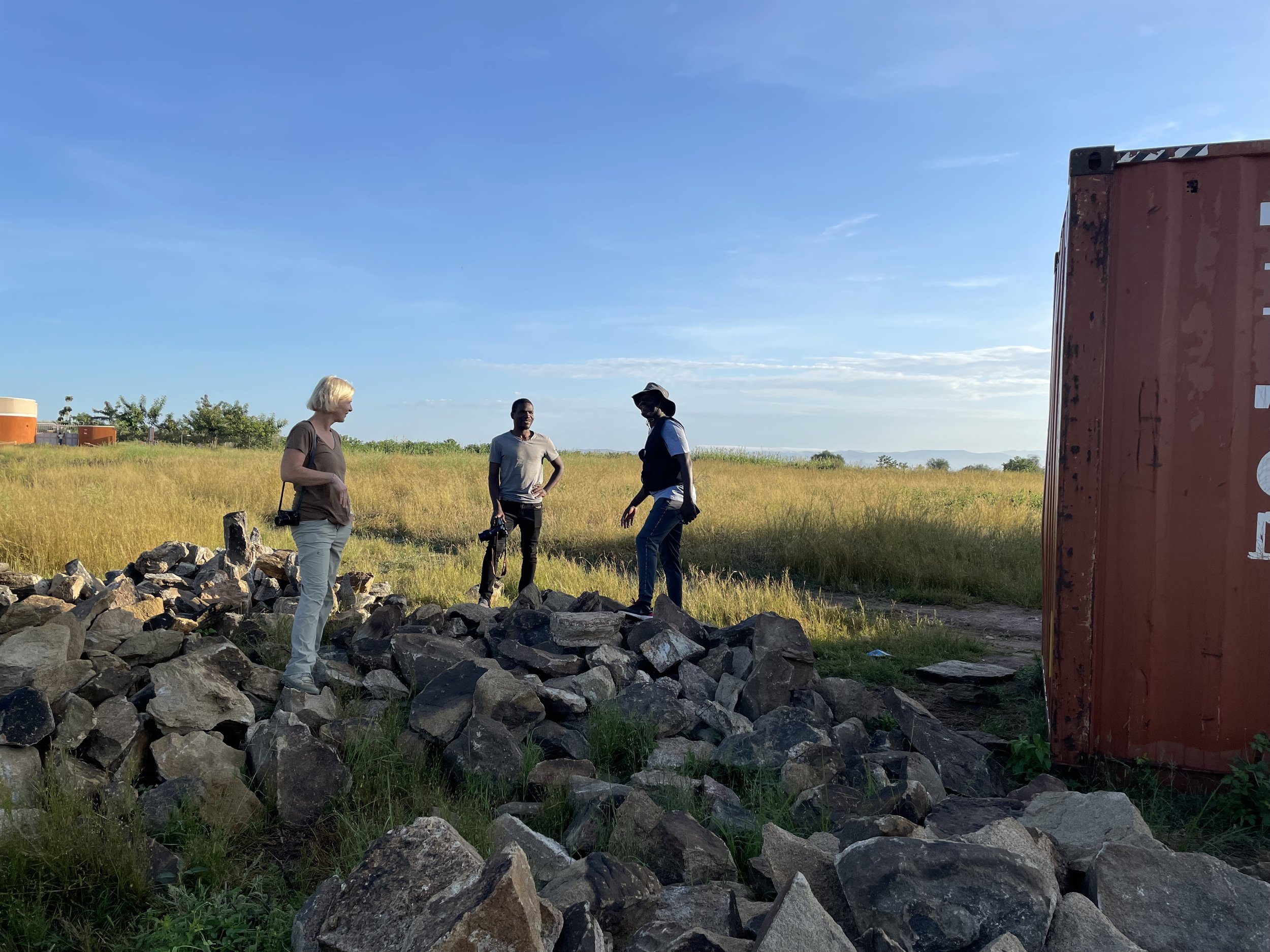
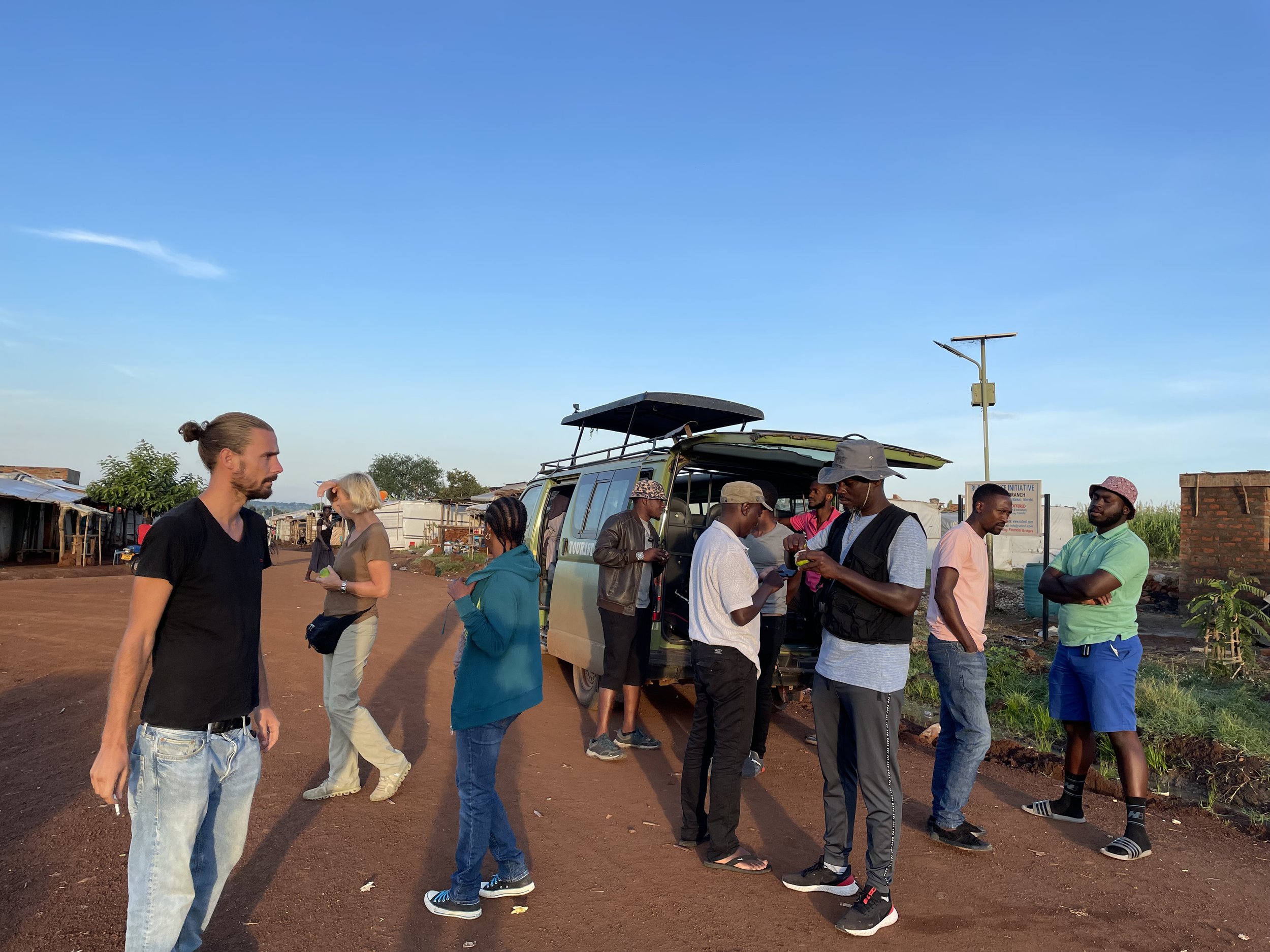
KonyoKonyo market, Palinya settlement, with film crew in collaboration with the German Cooperation
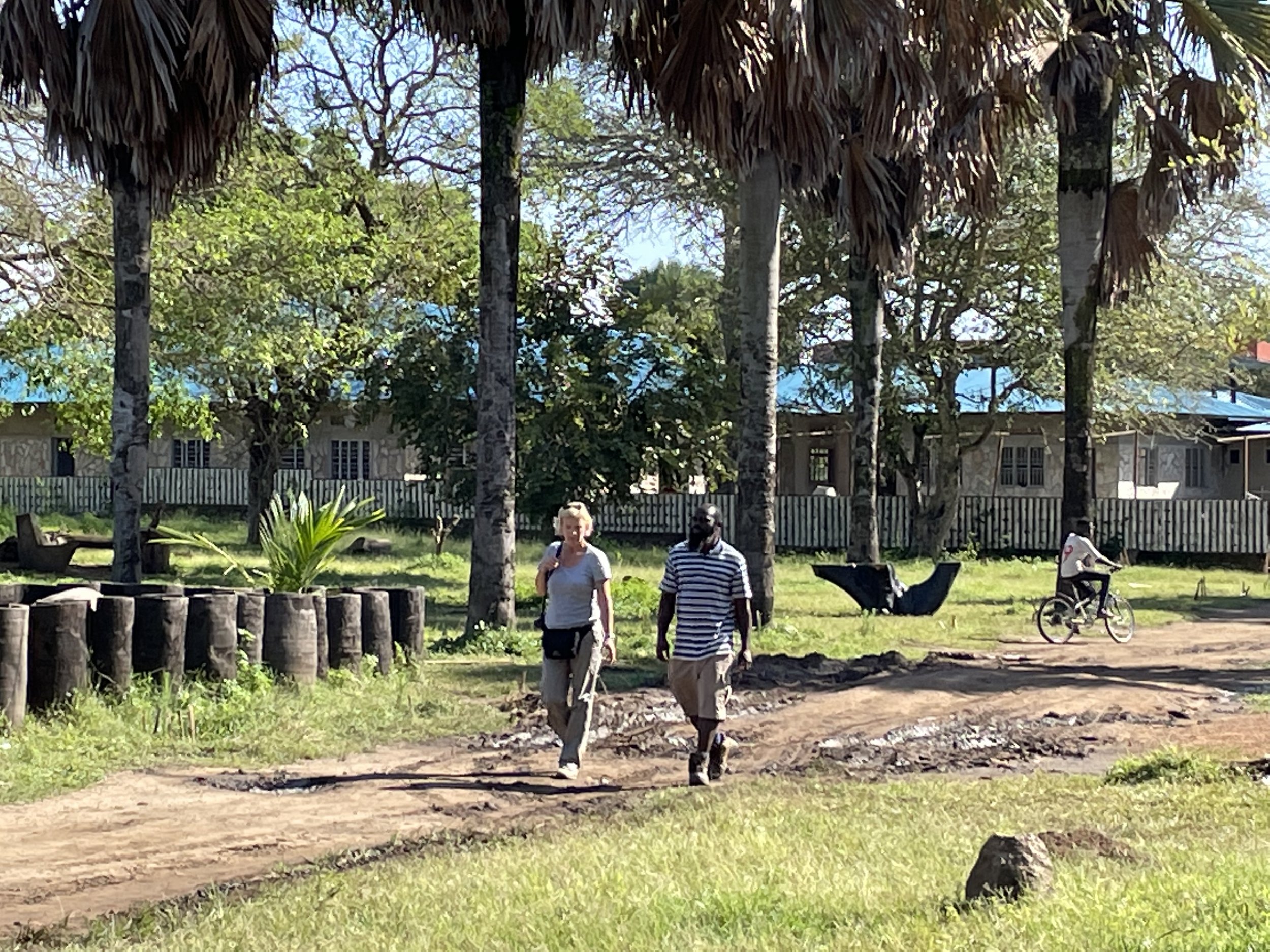
Comboni mission Palorinya settlement, West Nile
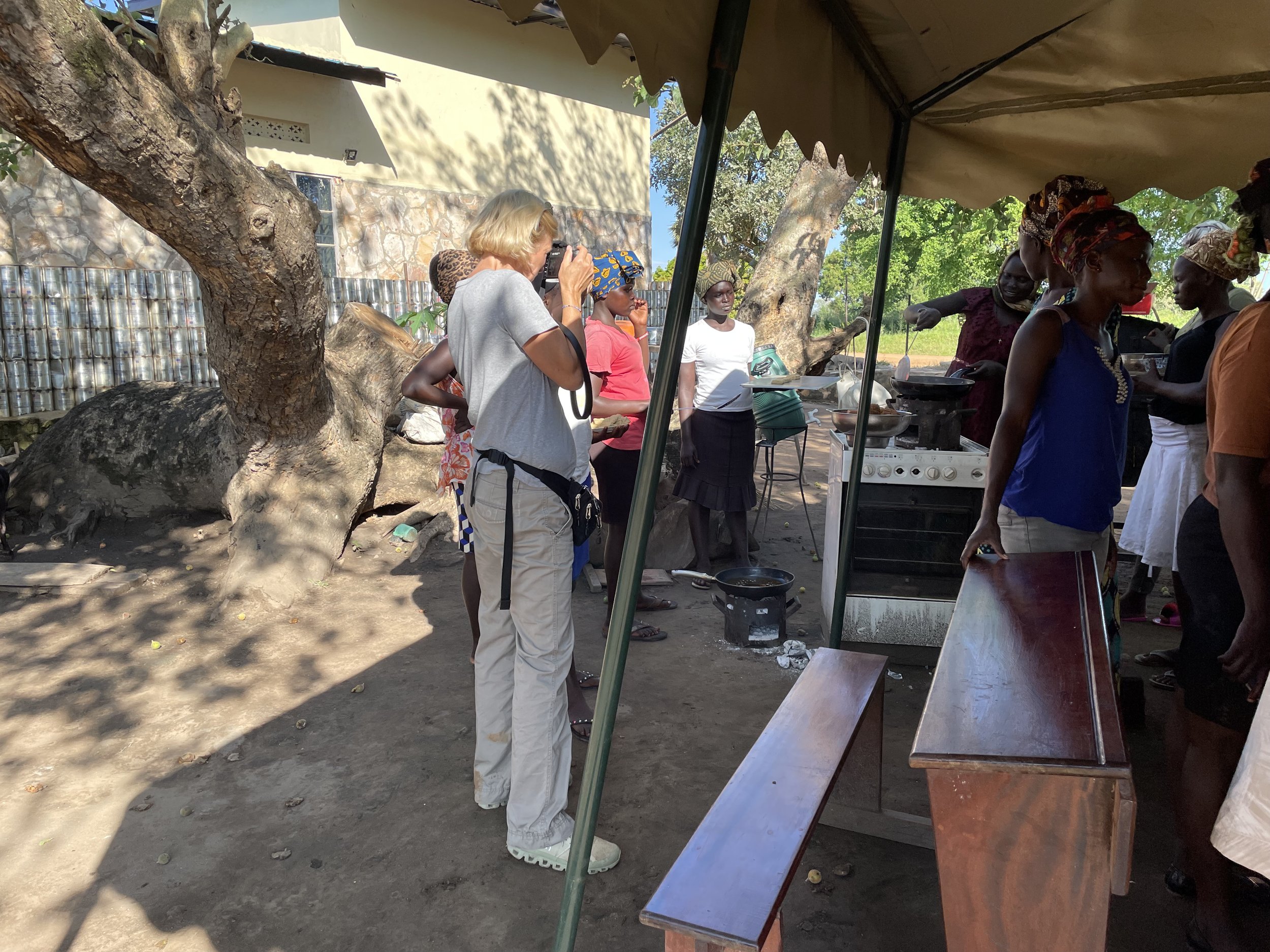
Comboni mission Palorinya settlement
